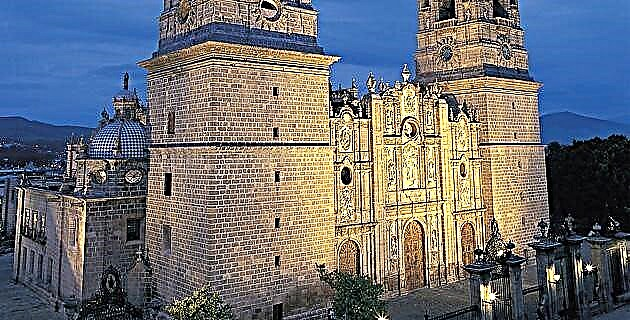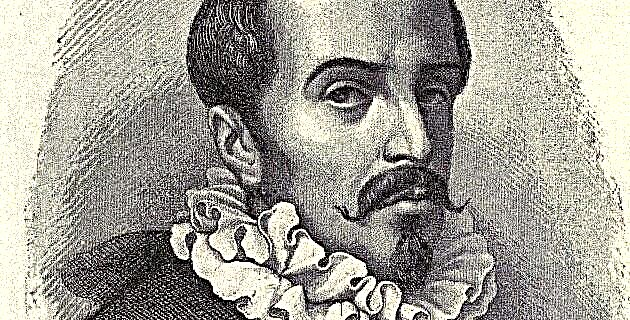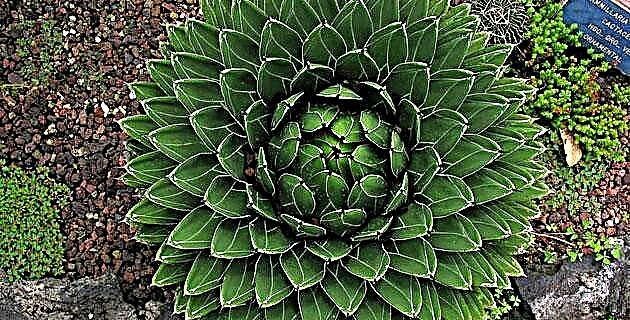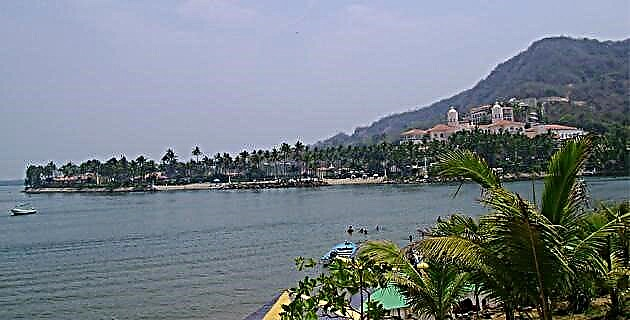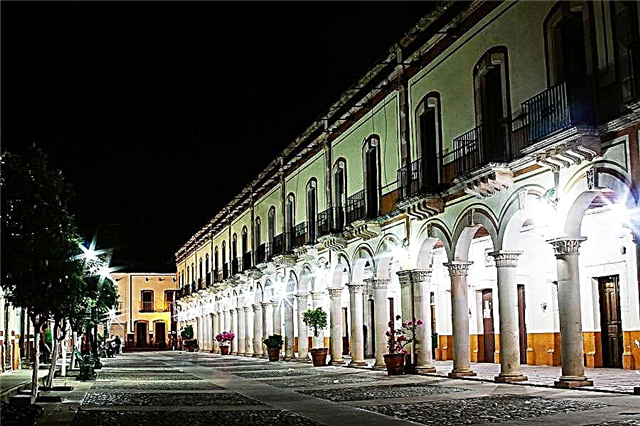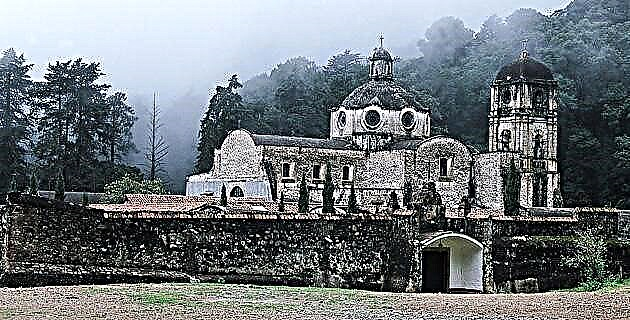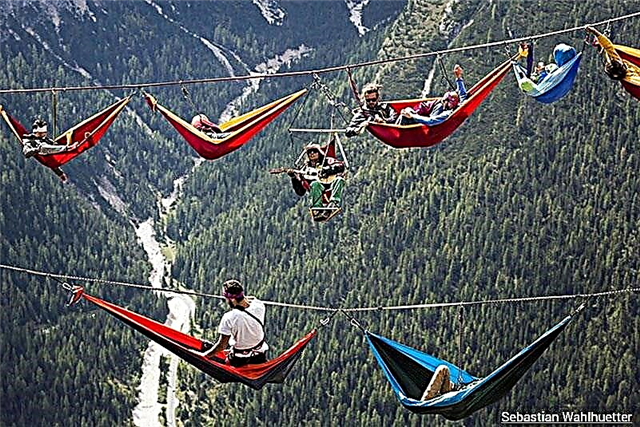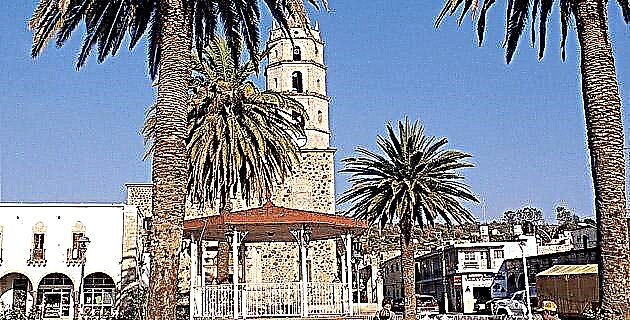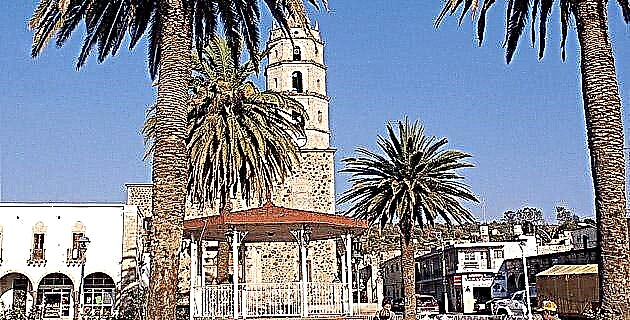
Formerly Valle de Guadalupe was known by the name of La Venta and served as a post office for the diligences that made the Zacatecas-Guadalajara route.
Formerly Valle de Guadalupe was known by the name of La Venta and served as a post office for the diligences that made the Zacatecas-Guadalajara route.
Nestled in the Altos de Jalisco region, an area characterized by its reddish soils, the Valle de Guadalupe stands as the cradle of brave men, intellectuals and beautiful women.
This is a cheerful town where cobbled and very clean streets predominate; only its main street is paved, which serves as an extension of free highway no. 80 that links Guadalajara with Lagos de Moreno and San Luis Potosí, which is why the tranquility of the population is constantly interrupted by heavy traffic (mostly buses and heavy trucks).
HISTORICAL SEMBLANCE
Evidence indicates that the region that we know today as Valle de Guadalupe was inhabited by groups of sedentary farmers, established around a small ceremonial center, from as early as 600 or 700 AD, as evidenced by archaeological remains found at El Cerrito , a site that apparently was abandoned around 1200 AD. As of this date, the documentary sources that refer to the area, belonging to what was then Nueva Galicia, are very scarce, and it was not until the middle of the 18th century, on a map of that time, that we found the Valle de Guadalupe, under the name of La Venta, as a place where the proceedings that covered the difficult and hostile route from Zacatecas to Guadalajara stopped. Throughout the colonial era, Valle de Guadalupe (or La Venta) was considered a place of ranchers and with very few Indians for labor.
In 1922 Valle de Guadalupe is elevated to the degree of municipality, leaving the town of the same name as head; later, during the Cristero movement, this area had great importance, since it was (and still is) very religious, which is why it was the cradle of famous and innumerable combatants of the Cristero war.
VALLE DE GUADALUPE, TODAY
The current municipality of Valle de Guadalupe has a territorial extension of 51 612 hectares and is limited by Jalostotitlán, Villa Obregón, San Miguel el Alto and Tepatitlán; its climate is temperate, although with a very low level of pluvial precipitation. Its economy is based mainly on rural activities (agriculture and livestock), but there is also a strong dependence on the monetary resources that many Vallenses living in the United States of America send to their relatives, which is why it is very common to see large number of cars and trucks with border plates, as well as countless imported items (the traditional "fayuca").
Access is made (coming from Guadalajara) by crossing a picturesque stone bridge, which passes over the “Los Gatos” stream, a branch of the Río Verde, and which goes around the city.
Continuing along the only paved street in the town, we reach the main square, adorned by a beautiful and typical kiosk, an indispensable structure in every square. Unlike most towns in Mexico, Valle de Guadalupe does not follow the (very Spanish) custom of placing ecclesiastical, civil and commercial powers around a single plaza, but here the parish temple, naturally dedicated to the Virgen de Guadalupe, dominates this first square. On one side of the temple there are a few small shops, protected by a brief arcade.
Almost in front of the parish, on the square itself, you can see the old Posta, or Stagecoach House, which in its time served as a resting place for travelers and stagecoach horses that made a stop on their way to Guadalajara, Zacatecas , Guanajuato or Michoacán. This construction dates from the end of the 18th century and currently houses a primary school.
In front of this Stagecoach House there is a bronze sculpture dedicated to the priest Lino Martínez, who is considered the town's greatest benefactor.
On the south side of this same square we can admire some very well preserved arches, recently renovated, under which are several shops and the occasional beautiful house from the 19th century where many of the illustrious characters that this population has given lived.
For its part, the municipal presidency is located in a second square, behind the temple, with an excellent layout and with a large number of trees that provide a cozy shade.
Within the premises of the presidency we find the police headquarters and a small museum located on one of the corridors of the building. In this museum, called the Barba-Piña Chan Archaeological Museum, we can admire beautiful pieces from different parts of the Republic.
Something that caught our attention when we visited the place is the non-existence of a market where you can buy, as is customary, most of the supplies needed for the home. The closest thing we found was a small tianguis that is established every Sunday morning.
If we like to walk a bit, we can go through its cobbled streets and, heading northeast, pass another small bridge over the same stream "Los Gatos" to, about 200 meters ahead of it, meet "El Cerrito", where the only archaeological remains in the area are located, and which consist of the corner of a two-body pyramidal base, worked by Dr. Román Piña Chan in 1980, and which according to the recovered data was dated between the years 700-1250 of our era. This basement constitutes a silent witness of the pre-Hispanic settlement of the Alteña region. At present, on this base there is a modern construction (a house-room), so it is necessary to ask the owners for permission to visit it.
As in the entire area of the Altos de Jalisco, the inhabitants of Valle de Guadalupe are characterized by being blond, tall and, above all, very religious. Valle de Guadalupe is, therefore, a good option to spend a pleasant time walking through its picturesque streets, admiring its beautiful buildings and enjoying a well-deserved rest contemplating some of its many and beautiful places.
IF YOU GO TO VALLE DE GUADALUPE
Leaving Guadalajara, Jalisco, take the new Maxipista, the Guadalajara-Lagos de Moreno section, and after the first toll booth, take the deviation towards Arandas, from where we continue along the free highway no. 80 heading towards Jalostotitlán (northeast direction), and about 18 km (before passing through Pegueros) you reach Valle de Guadalupe, Jalisco.
Here we can find a hotel, restaurants, a gas station (2 km down the road to Jalostotitlán) and some other services, although all very modest.
Source: Unknown Mexico No. 288 / February 2001

